Take a look at this week’s HOT articles, which are free to access for a limited time:
Porphyrin-based sensor nanoarchitectonics in diverse physical detection modes
Shinsuke Ishihara, Jan Labuta, Wim Van Rossom, Daisuke Ishikawa, Kosuke Minami, Jonathan P. Hill and Katsuhiko Ariga
DOI: 10.1039/C3CP55431G, Perspective
Manipulating the excitation transfer in Photosystem I using a Fabry–Perot metal resonator with optical subwavelength dimensions
Alexander Konrad, Anna-Lisa Trost, Sepideh Skandary, Martin Hussels, Alfred J. Meixner, Navasard V. Karapetyan and Marc Brecht
DOI: 10.1039/C3CP55195D, Paper
Static 1H dynamic nuclear polarization with the biradical TOTAPOL: a transition between the solid effect and the cross effect
Daphna Shimon, Akiva Feintuch, Daniella Goldfarb and Shimon Vega
DOI: 10.1039/C3CP55504F, Paper
Low-temperature combustion chemistry of novel biofuels: resonance-stabilized QOOH in the oxidation of diethyl ketone
Adam M. Scheer, Oliver Welz, Judit Zádor, David L. Osborn and Craig A. Taatjes
DOI: 10.1039/C3CP55468F, Paper
Molecules in the mirror: how SERS backgrounds arise from the quantum method of images
Stephen M. Barnett, Nadine Harris and Jeremy J. Baumberg
DOI: 10.1039/C4CP00093E, Communication
A nine-dimensional global potential energy surface for NH4(X2A1) and kinetics studies on the H + NH3 ↔ H2 + NH2 reaction
Jun Li and Hua Guo
DOI: 10.1039/C4CP00241E, Paper
Floating orbital molecular dynamics simulations
Eva Perlt, Marc Brüssel and Barbara Kirchner
DOI: 10.1039/C3CP54797C, Paper
Central-transition double-quantum sideband NMR spectroscopy of half-integer quadrupolar nuclei: estimating internuclear distances and probing clusters within multi-spin networks
Andreas Brinkmann and Mattias Edén
DOI: 10.1039/C4CP00029C, Paper
Optical manipulation of single molecules in the living cell
Kamilla Norregaard, Liselotte Jauffred, Kirstine Berg-Sørensen and Lene Broeng Oddershede
DOI: 10.1039/C4CP00208C, Perspective


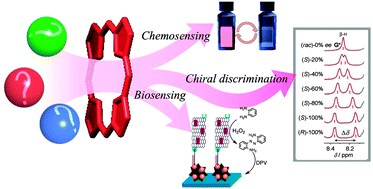
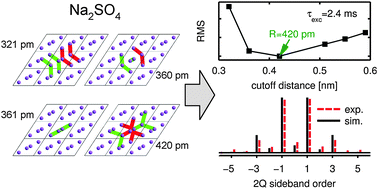









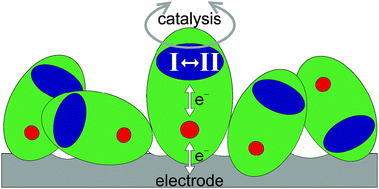
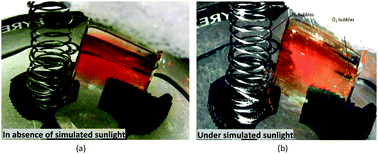
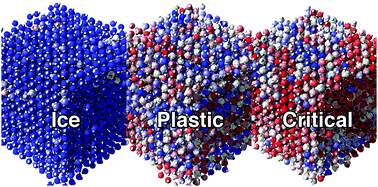
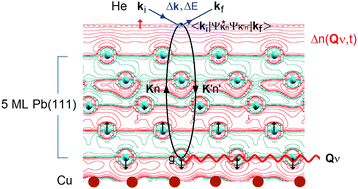
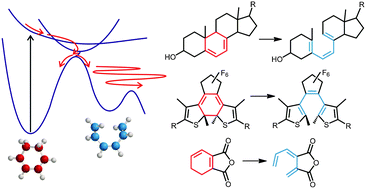
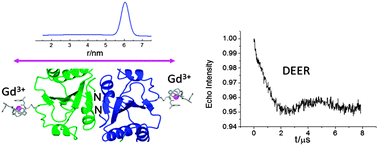
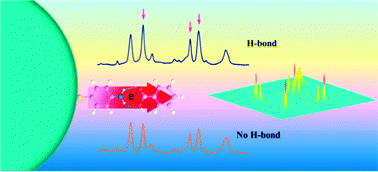
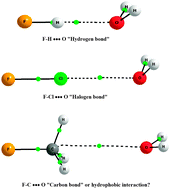 The work of PCCP Advisory Board member
The work of PCCP Advisory Board member